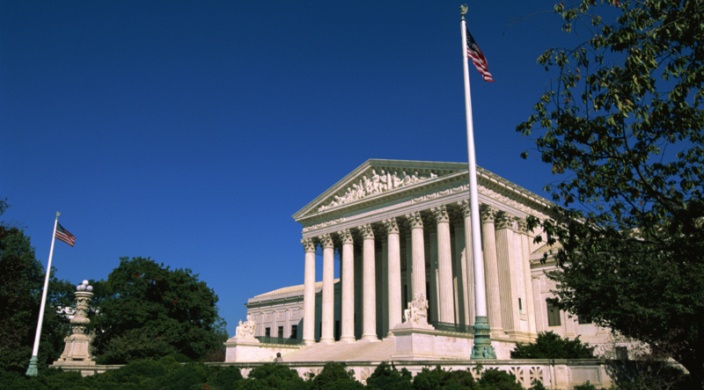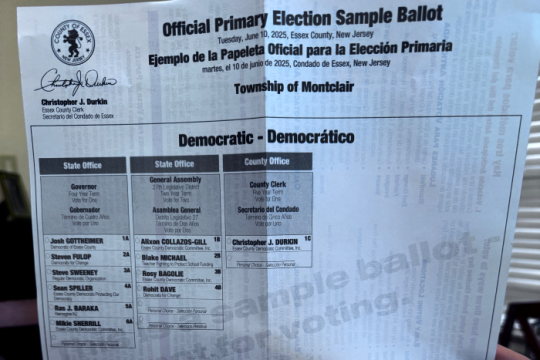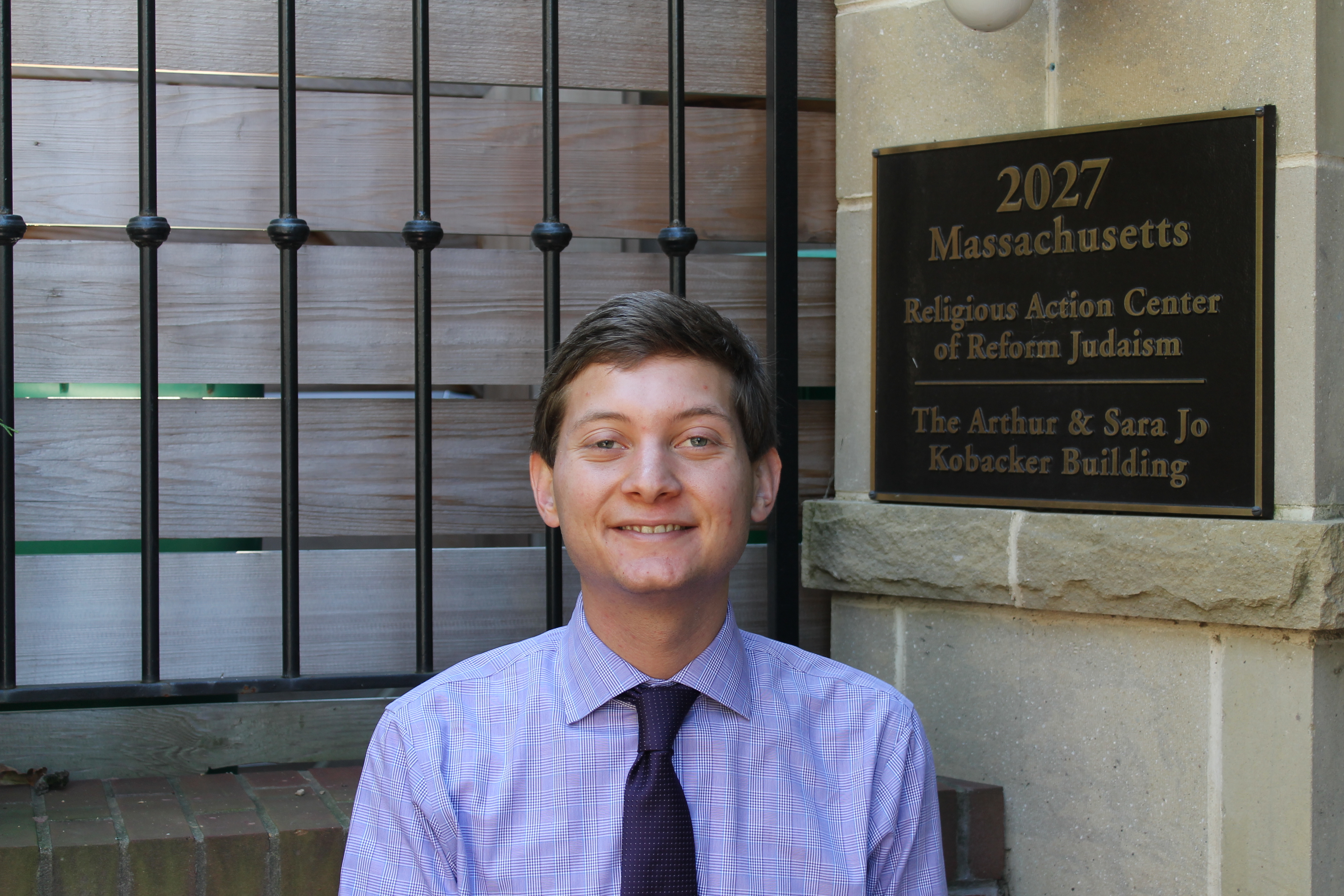Supreme Court Sharply Divided Over Deferred Action Program

Earlier this week, the Supreme Court heard oral arguments in United States v. Texas. The case concerns two immigration-related programs announced by President Obama in 2014: Deferred Action for Parents of Americans (DAPA) and an expansion in the previously existing Deferred Action for Childhood Arrivals (DACA). Together, these programs could defer deportation and grant temporary legal work status to four of the 11 million undocumented immigrants currently living in the United States.
The Reform Movement has voiced support for the DAPA/DACA programs. When the U.S. Fifth Circuit Court of Appeals issued an injunction on the executive action in November 2015, RAC Associate Director Barbara Weinstein issued a statement expressing disappointment with the decision in light of the “Jewish tradition’s instruction to care for the stranger, as well as by our own history of immigration to the United States.”
Over the course of nearly an hour and a half of oral arguments, the lawyers and the justices worked through the two key questions in the case: first, whether Texas has standing to sue the federal government; and second, whether the President has overstepped his constitutional authority by extending relief to so many undocumented immigrants.
On the first question, Justices Breyer, Kagan, Ginsburg and Sotomayor pressed Texas Solicitor General Scott Keller on the validity of his state’s claim that it had standing to sue the federal government because the DAPA/DACA programs would force Texas to subsidize many more driver’s licenses. Noting that “old Supreme Court cases never die,” Justice Breyer pointed to previous case law to suggest that taxpayers could not sue the federal government over a policy that would make them pay more, and that states could not intervene on behalf of their taxpayers in those cases. Justice Sotomayor, meanwhile, seemed doubtful that Texas would actually have to pay more as a result of the deferred action programs.
Chief Justice Roberts, who some had believed might agree that Texas does not have standing, seemed open to the claim of significant burden on the state due to DAPA/DACA. During U.S. Solicitor General Verrilli’s argument, Justice Roberts asked about whether that Texas had found itself in “a real Catch-22,” as it faced a choice between paying more for subsidized drivers’ licenses or terminating the subsidy program, and then being sued by the federal government. Verrilli denied that the administration would necessarily sue Texas over such a decision.
On the second question of the constitutionality of the President’s actions, Chief Justice Roberts and Justices Alito and Kennedy voiced their concerns chiefly regarding language in the DAPA/DACA programs that beneficiaries would be granted “lawful presence.” Justice Kennedy suggested that the term “lawful presence” implied that the Executive had taken on authority granted exclusively to the Legislative Branch. In a surprising moment, U.S. Solicitor General Verrilli told the Court that the administration could easily strike that expression from the language without affecting the programs.
In all, the arguments point to an increasingly common result for the eight-justice Supreme Court: a 4-4 split. A split Court would automatically uphold the Fifth Circuit’s earlier injunction on the programs, denying relief to four million undocumented immigrants for the foreseeable future while keeping the door open for further challenges to executive action to begin to repair a broken immigration system.
Related Posts

RAC-NY Update

Lessons from the 2025 New Jersey Primary Election

